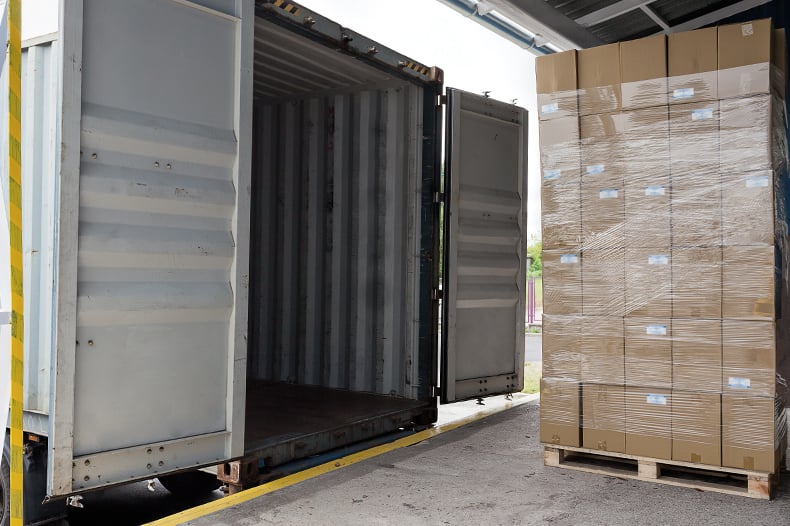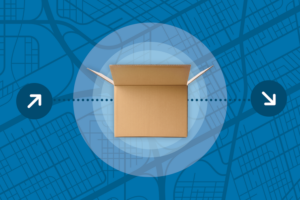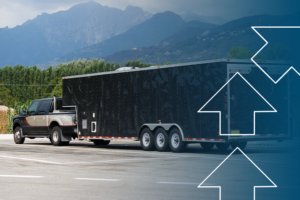A proposed overhaul of the U.S. tax code — or Border-Adjustment Tax Plan — may be on the horizon. This could impact businesses in various ways, depending largely on how raw materials and finished product are sourced.
What is a Border Adjustment Tax?
A border adjustment essentially adds a tax at the border to imports and subtracts it from exports, impacting everything from auto-parts manufacturers, toy companies, apparel companies, and retailers, to name a few.
For example, under the proposed tax code, if you’re a toy company that imports raw materials or finished product from China, you wouldn’t be allowed to deduct the cost of those goods from your U.S. taxes. However, if you export product out of the U.S., it would be exempted or not counted as income on your U.S. taxes.
As the Wall Street Journal reported, its impact could be felt deeply by small business owners, including shipping volumes and other logistical considerations.
Border Adjustment Tax | Impact on Business Owners
Many small business owners fear potential layoffs or raise prices as they deal with increased cost of goods sold. Some say they’d have to shut down entirely.
More than 95 percent of U.S. importers have fewer than 250 employees, according to 2014 U.S. Census data. If the proposal tax plan change happens, many don’t have the cash reserves to weather the storm or flexibility to re-align their supply chains to get the tax breaks.
Meanwhile, small businesses who export or produce domestically view it as an opportunity for a level playing field.
Those who support the plan say the dollar will rise to offset the tax change. According to the WSJ, “Economists say that the tax change would help push up the dollar—which would in turn lowering the cost of imports and help to offset the extra taxes.”
So, what are we really talking about here when it comes to tax liability and tax benefits?
Here’s generally how it would work, according to an example used in the article:
What questions remain around the Border-Adjustment Tax Plan?
The bill hasn’t been released yet, and a lot still needs to be resolved, including how to treat financial services who do a lot of cross-border transactions that don’t really qualify as traditional imports.
[amp-cta id=’8477′]




